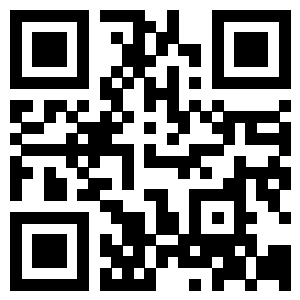Frequency converter is a power control device that uses frequency conversion technology and microelectronics technology to control AC motors by changing the frequency of the motor's working power supply. Frequency converters are widely used in fields such as metallurgy, power, water supply, petroleum, and chemical engineering. Many people are at a loss when installing new frequency converters. Below is an introduction to the wiring methods for the main and control circuits of frequency converters, as well as the issues that need to be noted in frequency converter wiring.
1、 Wiring of the main circuit
1. The power supply should be connected to the input terminals R, S, and T of the frequency converter, and must not be connected to the output terminals (U, V, W) of the frequency converter, otherwise it will damage the frequency converter. After wiring, the fragmented wire ends must be cleaned up. Fragmentary wire ends may cause abnormalities, malfunctions, and malfunctions, and the frequency converter must always be kept clean. When drilling holes on the console, be careful not to allow debris, powder, etc. to enter the frequency converter.
2. Do not connect anything other than the recommended braking resistor option between terminals+and PR, or absolutely do not short-circuit.
FR-BIF or FRBSF01 or FR-BLF line noise filter to minimize interference.
4. When wiring over long distances, the fast response current limiting function may be reduced due to the influence of the charging current of the capacitance in the wiring, resulting in malfunction of the instrument connected to the secondary side. Therefore, the maximum wiring length should be less than the specified value. When the length of the forced wiring exceeds, Pr.156 should be set to 1.
5. Do not install capacitors, surge suppressors, and radio noise filters on the output side of the frequency converter. Otherwise, it will cause frequency converter failure or damage to capacitors and surge suppressors.
6. To reduce the voltage drop to within 2%, appropriate wire models should be used for wiring. When the wiring distance between the frequency converter and the motor is long, especially in the case of low-frequency output, the torque of the motor will decrease due to the voltage drop of the main circuit cable.
After operation, the operation of changing the wiring must be carried out after the power supply is cut off for more than 10 minutes and the voltage is checked with a multimeter. After a power outage, there is still dangerous high voltage on the capacitor for a period of time.
2、 Wiring of control circuits
The control circuit of frequency converters can be generally divided into two types: analog and digital.
1. The wiring of control circuit terminals should use shielded wires or twisted pairs, and must be separated from the main circuit and strong current circuit (including 200V relay program circuit) for wiring.
2. As the frequency input signal of the control circuit is a small current, in the case of contact input, in order to prevent poor contact, two parallel nodes or twin contacts should be used for small signal contacts.
3. The wiring of the control circuit generally uses cables ranging from 0.3 to 0.75 square meters.
3、 Wiring of ground wire
Due to leakage current inside the frequency converter, in order to prevent electric shock, the frequency converter and motor must be grounded.
2. Special grounding terminals are used for frequency converter grounding. The connection of the grounding wire should use tinned crimping terminals. When tightening the screws, be careful not to damage the turnbuckle.
3. Tin plating does not contain lead.
4. The grounding cable should use a thick wire diameter as much as possible, which must be equal to or greater than the specified standard. The grounding point should be as close as possible to the frequency converter, and the shorter the grounding wire, the better.
Precautions for frequency converter wiring:
1. The frequency converter itself has strong electromagnetic interference, which can interfere with the operation of some equipment. Therefore, we can add a cable sleeve to the output cable of the frequency converter.
2. The control line inside the frequency converter or control cabinet should be at least 100mm away from the power cable, etc.
3. When purchasing a frequency converter, there will be a frequency converter manual. If not, you can download it from the website of the brand you purchased. The content on the frequency converter manual is quite detailed, including product introduction, working principle, installation and debugging, etc.
The commonly used connectors for frequency converters are plug-in terminal blocks, such as LC1/LC2 plug-in, LC6 spring plug-in terminals, LC1H high current plug-in, and other categories. LC6 adopts spring crimping, which is easy to operate and maintain. Other plug-in terminals use traditional box crimping, which is fastened with screws and firmly connected, making it an excellent choice for electrical connections.
 简体中文
简体中文

